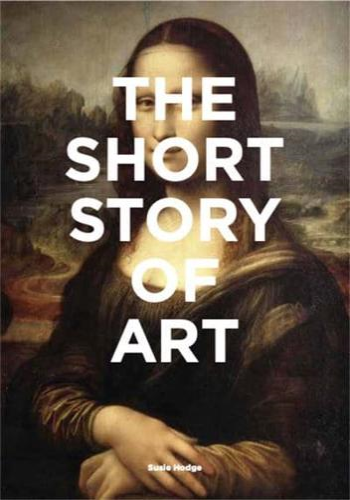The Short Story of Art is a pocket guide to key movements, works, themes and techniques - a new and innovative introduction to the subject of art. Simply constructed, the book explores 50 key works, from the wall paintings of Lascaux to Damien Hirst installations, and then links these to sections on art movements, themes and techniques.
The design of the book allows the student or art enthusiast to easily navigate their way around key periods, artists and styles. Accessible and concise, it simplifies and explains the most important and influential concepts in art, and shows how they are connected.
The book explains how, why and when art changed, who introduced certain things, what they were, where they were produced, and whether they matter. It demystifies artistic jargon, giving readers a thorough understanding and broad enjoyment of art.
"Susie Hodge has culled through hundreds of art movements to highlight and present 36 that illustrate transitions of art, its ideas, representations, characteristics, and production from Prehistoric times up to the dynamic shifts of the 1960s and '70s. As complex as art history is, this book is a welcome, succinct introduction to some classic Western masters." - Cindy Helm, New York Journal of Books
"Excellent introduction to the subject. A good quality book, tightly bound, and well illustrated."- Colin, Amazon reviewer
"The Short Story of Art is an attractive volume that serves as a convenient introduction to major movements, works, themes, and techniques of Western art. The works within are featured more for their seminal or illustrative nature than their fame per se, so the "story" part of the title is apt. The cross referencing and "Other works by..." sections makes it clear that this book is encouraging the reader to explore art on his own." - Tommy Grooms, Goodreads reviewer







